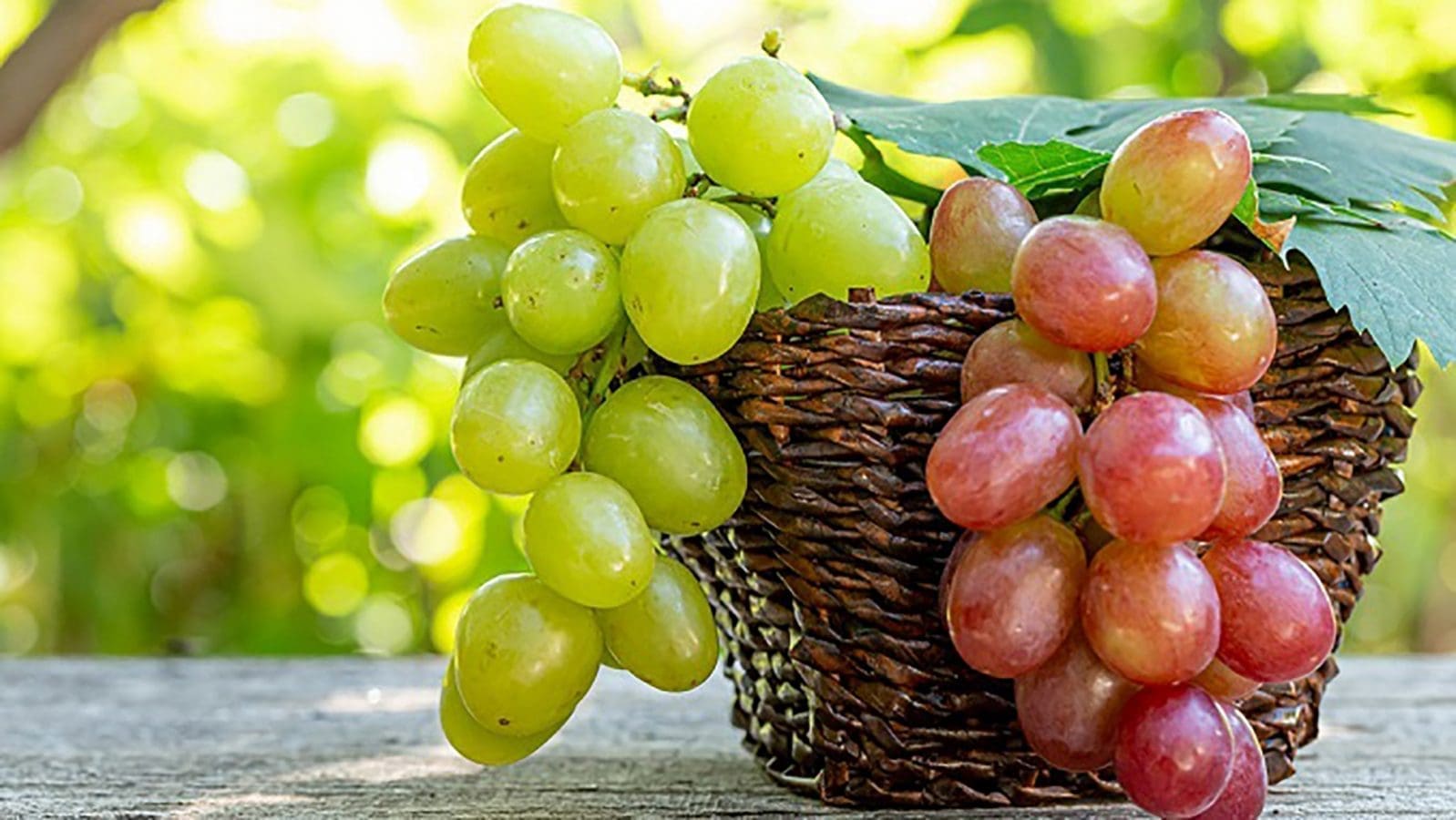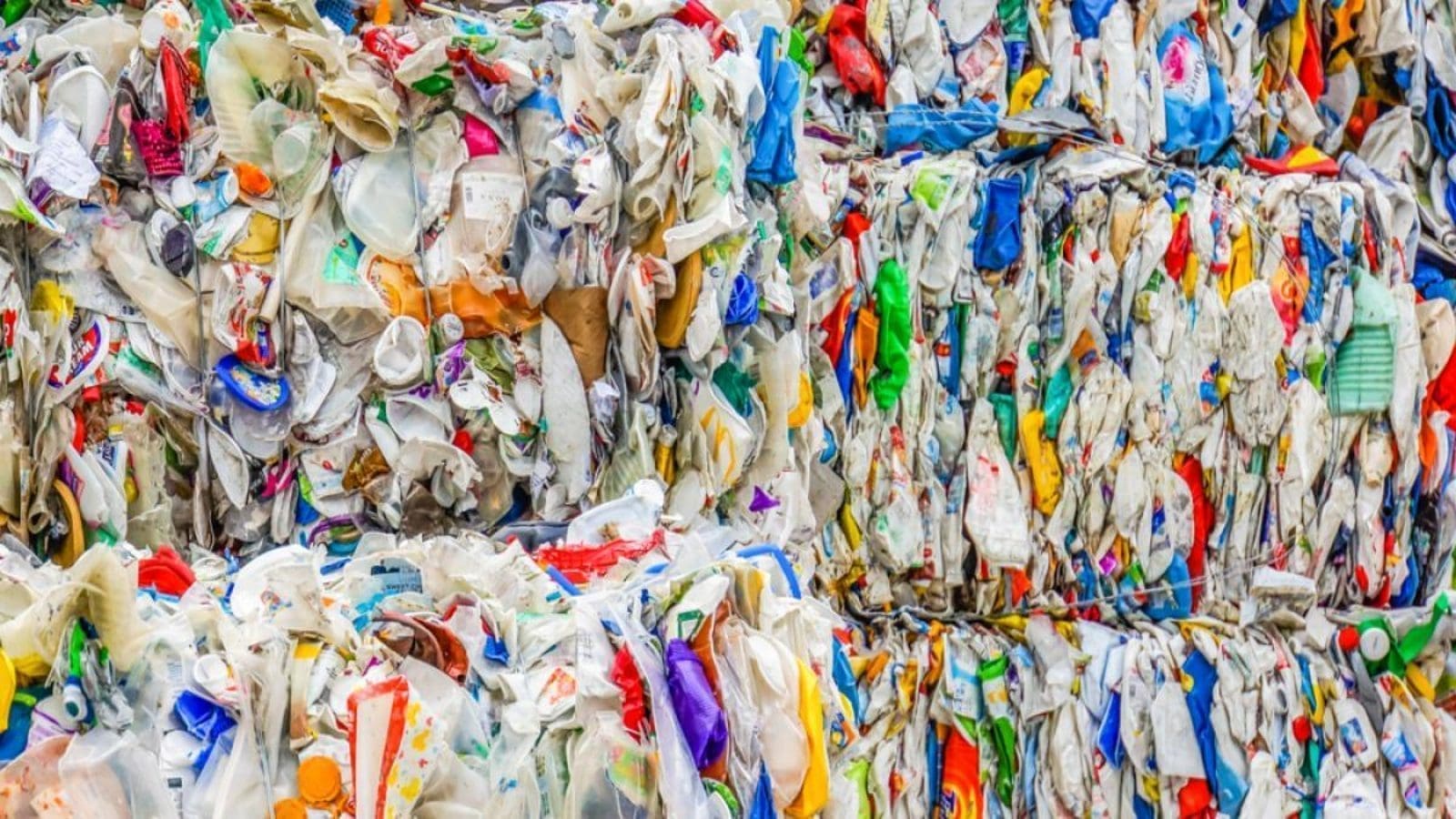EGYPT – Unexpected harsh weather conditions are set to impact the production levels of table grapes in Egypt in MY 2020/2021 from 1.42 million metric tonnes (MMT) to 1.17 MMT.
The 17 percent decline is attributed to a heat wave that hit the country in March and April 2021 and strong winds during the flowering period, especially of the early variety.
However, the sector is expected to experience a rebound in the MY 2021/22, registering a 22 percent increase of output over the previous year as the weather conditions are expected to be favourable and growers continue to adopt new technologies, and growing demand is driving up production.
Grapevines are among the most suitable fruit crops for sandy soils and newly reclaimed land, as well as for the older Egyptian land traditionally farmed next to the Nile River. For this reason, cultivated areas of table grapes exist across the country.
The deciduous fruit is second only to citrus in terms of production quantities in the land of Pharaoh.
The Thompson and Flame seedless varieties dominates production as it remains popular in the EU market, the major importer of Egyptian grapes.
However, producers are expanding toward higher value varieties to supply other markets and meet the evolving palate of consumer tastes worldwide.
The most popular of these other varieties includes Early Superior, Superior, and Roomy.
In terms of local demand, consumption of fresh grapes in MY 2020/2021 is expected to decline from 1.37 MMT to 1.02 MMT in response to the decrease in production and the higher prices in the market which has impacted consumer purchase power.
In a similar fashion, domestic consumption of the fruits is expected to increase by 23% in MY 2021/2022 to 1.27 MMT.
The local grape market is an important market for producers because grape imports are not very high and losses are quite considerable, which impacts the total availability.
Large-scale, export-oriented producers and small-scale grape farmers who produce mainly for the local market experience wide disparities in the access to and the use of production resources, finance, and technology.
Moreover, inadequate research and development, lack of cold chain and marketing infrastructures, and insufficient coordination among value chain stakeholders pose risks to grape quality and productivity, thus limiting exports only to producers who can make large investments.
Egypt’s table grapes have garnered a large appetite in the international markets, with the country expected to export 155,000 MT in the current season.
The volumes are expected to shoot up by 8% to reach 170,000 MT in MY 2021/2022, eight percent higher than the previous year on back of improved production.
The EU countries and the United Kingdom are the country’s top export destinations, accounting for 35 percent of total exports. Other important markets are Russia and Saudi Arabia with 14 and 13 percent of the export market share, respectively.
Egypt is also gaining market access for its table grapes to India, Myanmar, Nepal, Brazil and Serbia.
Liked this article? Subscribe to Food Business Africa News, our regular email newsletters with the latest news insights from Africa and the World’s food and agro industry. SUBSCRIBE HERE










